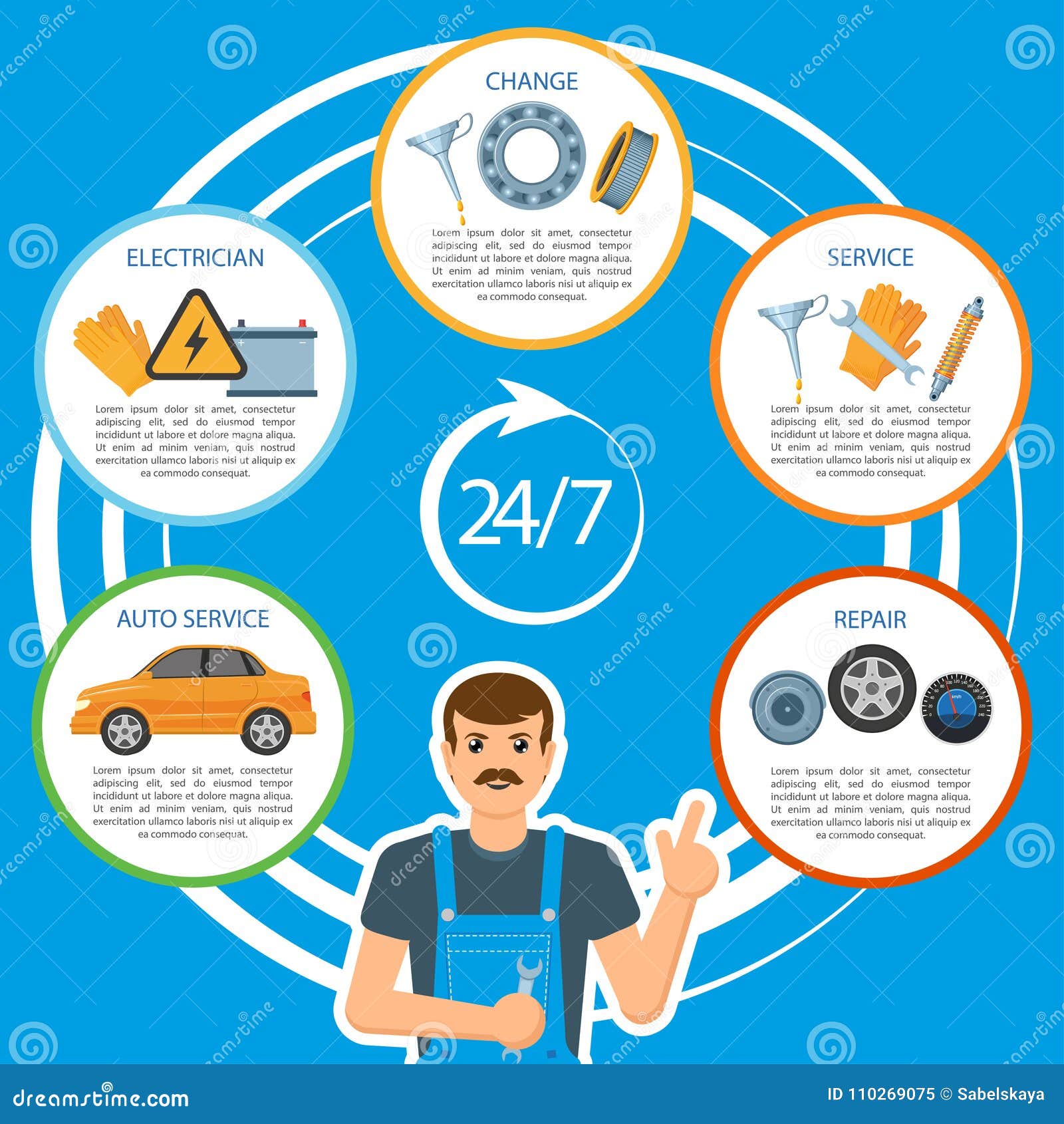Recognizing Your Auto'S Caution Lighting: What Do They Really Mean?
Recognizing Your Auto'S Caution Lighting: What Do They Really Mean?
Blog Article
Web Content Writer-Sykes Winters
When you're behind the wheel, those glowing warning lights on your dashboard can be a little bit complicated. Do you recognize what they're trying to inform you about your car's wellness? Recognizing the value of these lights is essential for your safety and security and the long life of your lorry. So, the following time one of those lights turns up, would not you wish to decode its message properly and take the needed steps to address it?
Common Warning Lights and Interpretations
Recognize common warning lights in your vehicle and recognize their definitions to ensure secure driving.
One of the most normal warning lights include the check engine light, which signifies concerns with the engine or emissions system. If vehicle cleaning services begins, it's important to have your car checked promptly.
The oil stress advising light indicates low oil pressure, requiring immediate focus to prevent engine damage.
A flashing battery light may recommend a damaged billing system, possibly leaving you stranded otherwise addressed.
The tire pressure tracking system (TPMS) light alerts you to reduced tire pressure, influencing lorry stability and gas efficiency. Ignoring this can result in hazardous driving problems.
The abdominal muscle light suggests a problem with the anti-lock braking system, compromising your capability to stop rapidly in emergencies.
Finally, the coolant temperature level cautioning light warns of engine overheating, which can lead to extreme damage if not dealt with swiftly.
Recognizing these common warning lights will certainly aid you deal with problems promptly and preserve secure driving conditions.
Significance of Prompt Attention
Recognizing the usual caution lights in your cars and truck is only the first step; the importance of promptly attending to these cautions can not be highlighted sufficient to ensure your safety when driving.
When a caution light brightens on your dashboard, it's your vehicle's method of communicating a potential concern that requires attention. Overlooking these cautions can lead to more serious troubles down the road, endangering your safety and possibly costing you a lot more in repairs.
Trigger interest to warning lights can stop breakdowns and crashes. For example, a blinking check engine light can indicate a misfire that, if left neglected, can trigger damage to the catalytic converter. Resolving this without delay can save you from an expensive repair.
Similarly, https://www.thisisardee.ie/2022/07/25/car-repair-services-market-share-industry-growth-and-technology-forecast-to-2028-continental-3m-company-monro-advance-auto-parts-oreilly-auto-parts/ advising light could indicate reduced brake liquid or used brake pads, essential components for your safety and security when driving.
DIY Troubleshooting Tips
If you discover a warning light on your control panel, there are a few DIY fixing ideas you can try prior to seeking expert assistance.
The primary step is to consult your auto's guidebook to recognize what the certain warning light suggests. In some cases the problem can be as simple as a loosened gas cap activating the check engine light. Tightening the gas cap may settle the trouble.
An additional common problem is a reduced battery, which can cause different warning lights. Checking the battery links for deterioration and guaranteeing they're safe and secure might repair the issue.
If a caution light lingers, you can try resetting it by disconnecting the auto's battery for a few mins and after that reconnecting it. Additionally, examining your vehicle's fluid degrees, such as oil, coolant, and brake liquid, can help fix advising lights connected to these systems.
Conclusion
To conclude, recognizing your vehicle's caution lights is important for keeping your lorry running smoothly and safely. By without delay resolving these signals and knowing what they suggest, you can prevent expensive fixings and possible failures.
Keep in mind to consult your cars and truck's guidebook for specific information on each advising light and do something about it as necessary to make certain a trouble-free driving experience.
Stay educated, stay secure when driving!
